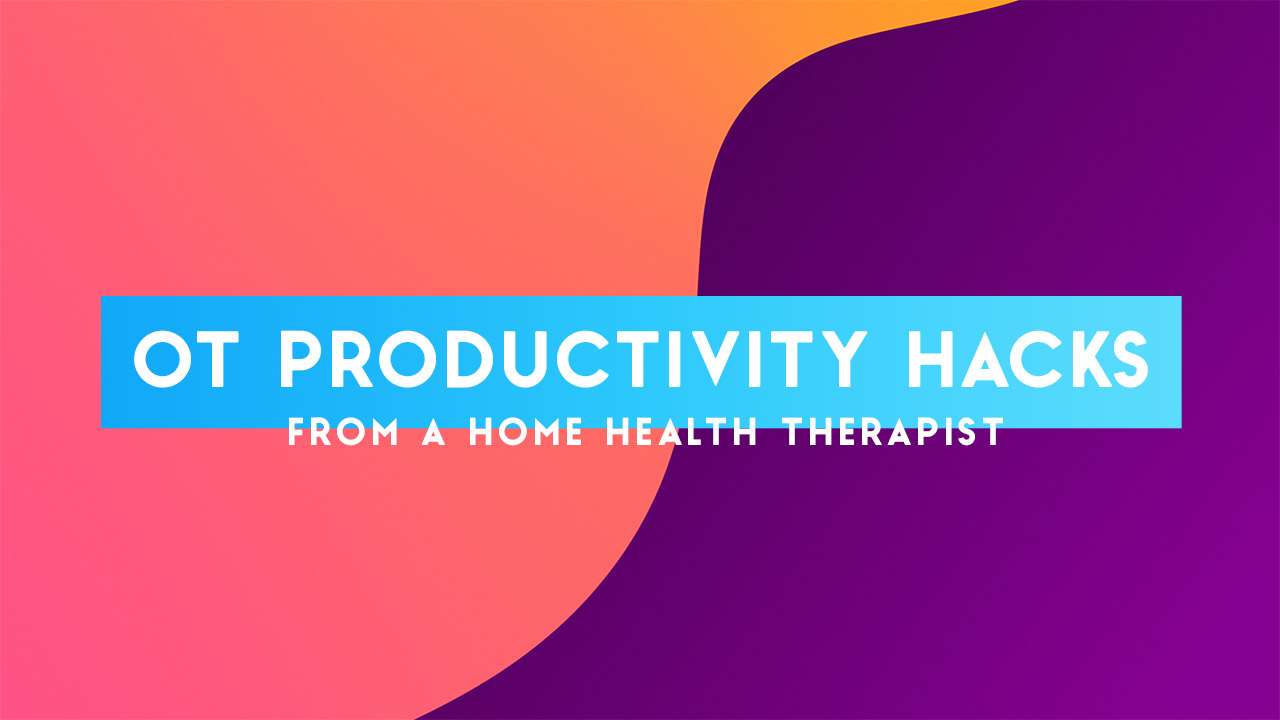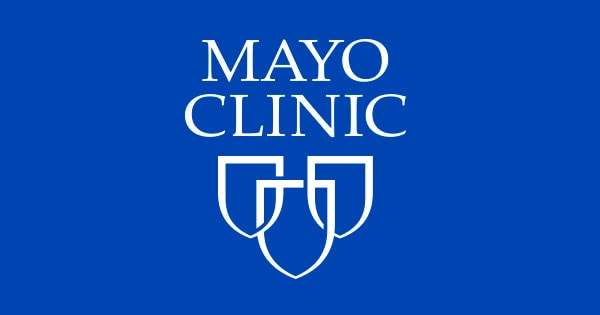The main treatments for post-traumatic stress disorder (PTSD) are psychological therapies and medicine.
Traumatic events can be very difficult to come to terms with, but confronting your feelings and seeking professional help is often the only way of effectively treating PTSD.
It’s possible for PTSD to be successfully treated many years after the traumatic event or events occurred, which means it’s never too late to seek help.
Assessment
Before having treatment for PTSD, a detailed assessment of your symptoms will be carried out to ensure treatment is tailored to your individual needs. This may be carried out by a GP or specialist.
You can see a GP to start on this process, or you can refer yourself for assessment to a psychological therapy service. You’re likely to be offered treatment if you’ve had symptoms of PTSD for more than 4 weeks or your symptoms are severe.
There are a number of mental health specialists you may see if you have PTSD, such as a psychological therapist, psychologist, community psychiatric nurse or psychiatrist.
Active monitoring
If you have mild symptoms of PTSD, or you’ve had symptoms for less than 4 weeks, an approach called active monitoring may be recommended.
Active monitoring involves carefully monitoring your symptoms to see whether they improve or get worse.
It’s sometimes recommended because 2 in every 3 people who develop problems after a traumatic experience get better within a few weeks without treatment.
If active monitoring is recommended, you should have a follow-up appointment within 1 month.
Psychological therapies
If you have PTSD that requires treatment, psychological therapies are usually recommended first.
A combination of a psychological therapy and medicine may be recommended if you have severe or persistent PTSD.
A GP can refer you to an NHS psychological therapies service (IAPT) or, in some cases, a specialist clinic.
You can also refer yourself directly to an NHS psychological therapies service (IAPT) without a referral from a GP.
Find an NHS psychological therapies service (IAPT)
There are 3 main types of psychological therapies used to treat people with PTSD.
Cognitive behavioural therapy (CBT)
Cognitive behavioural therapy (CBT) is a type of therapy that aims to help you manage problems by changing how you think and act.
Trauma-focused CBT uses a range of psychological techniques to help you come to terms with the traumatic event.
For example, your therapist may ask you to face your traumatic memories by describing aspects of your experience in detail.
During this process, your therapist helps you cope with any distress you feel while identifying any beliefs you have about the experience that may be unhelpful.
Your therapist can help you gain control of your fear and distress by reviewing with you any conclusions you have drawn about your experience (for example, feeling you’re to blame for what happened, or fear that it may happen again).
You may also be encouraged to gradually restart any activities you have avoided since your experience, such as driving a car if you had an accident.
You’ll usually have 8 to 12 weekly sessions of trauma-focused CBT, although fewer may be needed. Sessions usually last for around 60 to 90 minutes.
Find out more about CBT
Eye movement desensitisation and reprocessing (EMDR)
Eye movement desensitisation and reprocessing (EMDR) is a psychological treatment that’s been found to reduce the symptoms of PTSD.
It involves recalling the traumatic incident in detail while making eye movements, usually by following the movement of your therapist’s finger.
Other methods may include the therapist tapping their finger or playing sounds.
It’s not clear exactly how EMDR works, but it may help you change the negative way you think about a traumatic experience.
Support and advice
There are a number of charities that provide peer support and advice for PTSD.
For example:
- Combat Stress – a military charity specialising in helping ex-servicemen and women
- Rape Crisis – a UK charity providing a range of services for women and girls who have experienced abuse, domestic violence and sexual assault
- Victim Support – providing support and information to victims or witnesses of crime
- CRUSE – a UK charity providing support and information for people who have experienced bereavement
Medicine
The 2 medicines recommended to treat PTSD in adults are paroxetine and sertraline.
Paroxetine and sertraline are both a type of antidepressant known as selective serotonin reuptake inhibitors (SSRIs).
These medicines will only be used if:
- you choose not to have trauma-focused psychological treatment
- psychological treatment would not be effective because there’s an ongoing threat of further trauma (such as domestic violence)
- you have gained little or no benefit from a course of trauma-focused psychological treatment
- you have an underlying medical condition, such as severe depression, that significantly affects your ability to benefit from psychological treatment
Sometimes other antidepressants, such as venlafaxine, may be prescribed, but they are not licensed to treat PTSD.
These medicines are not usually prescribed for people younger than 18 unless recommended by a specialist.
If medicine for PTSD is effective, it’ll usually be continued for a minimum of 12 months before being gradually withdrawn over the course of 4 weeks or longer.
If a medicine is not effective at reducing your symptoms, your dosage may be increased.
Before prescribing a medicine, your doctor should inform you about possible side effects you may have while taking it, along with any possible withdrawal symptoms when the medicine is withdrawn.
For example, common side effects of paroxetine include feeling sick, blurred vision, constipation and diarrhoea.
Possible withdrawal symptoms associated with paroxetine include sleep disturbances, intense dreams, anxiety and irritability.
Withdrawal symptoms are less likely if the medicine is reduced slowly.
Children and young people
Trauma-focused CBT is usually recommended for children and young people with PTSD.
This normally involves a course of 6 to 12 sessions that have been adapted to suit the child’s age, circumstances and level of development.
Where appropriate, treatment includes consulting with and involving the child’s family.
Children who do not respond to trauma-focused CBT may be offered EMDR.
PTSD and driving
Post-traumatic stress disorder (PTSD) may affect your ability to drive safely. Ask your GP whether you should inform the Driver and Vehicle Licensing Agency (DVLA) about your condition.
Visit GOV.UK for more information on PTSD and driving
Diagnosis
To diagnose post-traumatic stress disorder, your doctor will likely:
- Perform a physical exam to check for medical problems that may be causing your symptoms
- Do a psychological evaluation that includes a discussion of your signs and symptoms and the event or events that led up to them
- Use the criteria in the Diagnostic and Statistical Manual of Mental Disorders (DSM-5), published by the American Psychiatric Association
Diagnosis of PTSD requires exposure to an event that involved the actual or possible threat of death, violence or serious injury. Your exposure can happen in one or more of these ways:
- You directly experienced the traumatic event
- You witnessed, in person, the traumatic event occurring to others
- You learned someone close to you experienced or was threatened by the traumatic event
- You are repeatedly exposed to graphic details of traumatic events (for example, if you are a first responder to the scene of traumatic events)
You may have PTSD if the problems you experience after this exposure continue for more than a month and cause significant problems in your ability to function in social and work settings and negatively impact relationships.
Treatment
Post-traumatic stress disorder treatment can help you regain a sense of control over your life. The primary treatment is psychotherapy, but can also include medication. Combining these treatments can help improve your symptoms by:
- Teaching you skills to address your symptoms
- Helping you think better about yourself, others and the world
- Learning ways to cope if any symptoms arise again
- Treating other problems often related to traumatic experiences, such as depression, anxiety, or misuse of alcohol or drugs
You don’t have to try to handle the burden of PTSD on your own.
Psychotherapy
Several types of psychotherapy, also called talk therapy, may be used to treat children and adults with PTSD. Some types of psychotherapy used in PTSD treatment include:
- Cognitive therapy. This type of talk therapy helps you recognize the ways of thinking (cognitive patterns) that are keeping you stuck — for example, negative beliefs about yourself and the risk of traumatic things happening again. For PTSD, cognitive therapy often is used along with exposure therapy.
- Exposure therapy. This behavioral therapy helps you safely face both situations and memories that you find frightening so that you can learn to cope with them effectively. Exposure therapy can be particularly helpful for flashbacks and nightmares. One approach uses virtual reality programs that allow you to re-enter the setting in which you experienced trauma.
- Eye movement desensitization and reprocessing (EMDR). EMDR combines exposure therapy with a series of guided eye movements that help you process traumatic memories and change how you react to them.
Your therapist can help you develop stress management skills to help you better handle stressful situations and cope with stress in your life.
All these approaches can help you gain control of lasting fear after a traumatic event. You and your mental health professional can discuss what type of therapy or combination of therapies may best meet your needs.
You may try individual therapy, group therapy or both. Group therapy can offer a way to connect with others going through similar experiences.
Medications
Several types of medications can help improve symptoms of PTSD:
- Antidepressants. These medications can help symptoms of depression and anxiety. They can also help improve sleep problems and concentration. The selective serotonin reuptake inhibitor (SSRI) medications sertraline (Zoloft) and paroxetine (Paxil) are approved by the Food and Drug Administration (FDA) for PTSD treatment.
- Anti-anxiety medications. These drugs can relieve severe anxiety and related problems. Some anti-anxiety medications have the potential for abuse, so they are generally used only for a short time.
- Prazosin. While several studies indicated that prazosin (Minipress) may reduce or suppress nightmares in some people with PTSD, a more recent study showed no benefit over placebo. But participants in the recent study differed from others in ways that potentially could impact the results. Individuals who are considering prazosin should speak with a doctor to determine whether or not their particular situation might merit a trial of this drug.
You and your doctor can work together to figure out the best medication, with the fewest side effects, for your symptoms and situation. You may see an improvement in your mood and other symptoms within a few weeks.
Tell your doctor about any side effects or problems with medications. You may need to try more than one or a combination of medications, or your doctor may need to adjust your dosage or medication schedule before finding the right fit for you.
Coping and support
If stress and other problems caused by a traumatic event affect your life, see your doctor or mental health professional. You can also take these actions as you continue with treatment for post-traumatic stress disorder:
- Follow your treatment plan. Although it may take a while to feel benefits from therapy or medications, treatment can be effective, and most people do recover. Remind yourself that it takes time. Following your treatment plan and routinely communicating with your mental health professional will help move you forward.
- Learn about PTSD. This knowledge can help you understand what you’re feeling, and then you can develop coping strategies to help you respond effectively.
- Take care of yourself. Get enough rest, eat a healthy diet, exercise and take time to relax. Try to reduce or avoid caffeine and nicotine, which can worsen anxiety.
- Don’t self-medicate. Turning to alcohol or drugs to numb your feelings isn’t healthy, even though it may be a tempting way to cope. It can lead to more problems down the road, interfere with effective treatments and prevent real healing.
- Break the cycle. When you feel anxious, take a brisk walk or jump into a hobby to re-focus.
- Stay connected. Spend time with supportive and caring people — family, friends, faith leaders or others. You don’t have to talk about what happened if you don’t want to. Just sharing time with loved ones can offer healing and comfort.
- Consider a support group. Ask your mental health professional for help finding a support group, or contact veterans’ organizations or your community’s social services system. Or look for local support groups in an online directory.
When someone you love has PTSD
The person you love may seem like a different person than you knew before the trauma — angry and irritable, for example, or withdrawn and depressed. PTSD can significantly strain the emotional and mental health of loved ones and friends.
Hearing about the trauma that led to your loved one’s PTSD may be painful for you and even cause you to relive difficult events. You may find yourself avoiding his or her attempts to talk about the trauma or feeling hopeless that your loved one will get better. At the same time, you may feel guilty that you can’t fix your loved one or hurry up the process of healing.
Remember that you can’t change someone. However, you can:
- Learn about PTSD. This can help you understand what your loved one is going through.
- Recognize that avoidance and withdrawal are part of the disorder. If your loved one resists your help, allow space and let your loved one know that you’re available when he or she is ready to accept your help.
- Offer to attend medical appointments. If your loved one is willing, attending appointments can help you understand and assist with treatment.
- Be willing to listen. Let your loved one know you’re willing to listen, but you understand if he or she doesn’t want to talk. Try not to force your loved one to talk about the trauma until he or she is ready.
- Encourage participation. Plan opportunities for activities with family and friends. Celebrate good events.
- Make your own health a priority. Take care of yourself by eating healthy, being physically active and getting enough rest. Take time alone or with friends, doing activities that help you recharge.
- Seek help if you need it. If you have difficulty coping, talk with your doctor. He or she may refer you to a therapist who can help you work through your stress.
- Stay safe. Plan a safe place for yourself and your children if your loved one becomes violent or abusive.
Preparing for your appointment
If you think you may have post-traumatic stress disorder, make an appointment with your doctor or a mental health professional. Here’s some information to help you prepare for your appointment, and what to expect.
Take a trusted family member or friend along, if possible. Sometimes it can be difficult to remember all the information provided to you.
What you can do
Before your appointment, make a list of:
- Any symptoms you’ve been experiencing, and for how long.
- Key personal information, especially events or experiences — even in your distant past — that have made you feel intense fear, helplessness or horror. It will help your doctor to know if there are memories you can’t directly access without feeling an overwhelming need to push them out of your mind.
- Things you have stopped doing or are avoiding because of your stress.
- Your medical information, including other physical or mental health conditions with which you’ve been diagnosed. Also include any medications or supplements you’re taking, and the dosages.
- Questions to ask so that you can make the most of your appointment.
Some basic questions to ask your doctor or mental health professional may include:
- What do you believe is causing my symptoms?
- Are there any other possible causes?
- How will you determine my diagnosis?
- Is my condition likely temporary or long term?
- What treatments do you recommend for this disorder?
- I have other health problems. How best can I manage these together with PTSD?
- How soon do you expect my symptoms to improve?
- Does PTSD increase my risk of other mental health problems?
- Do you recommend any changes at home, work or school to encourage recovery?
- Would it help my recovery to tell my teachers or co-workers about my diagnosis?
- Are there any printed materials on PTSD that I can have? What websites do you recommend?
Don’t hesitate to ask any other questions during your appointment.
What to expect from your doctor
Your doctor is likely to ask you a number of questions. Be ready to answer them to reserve time to go over any points you want to focus on. Your doctor may ask:
- What symptoms are concerning to you or your loved ones?
- When did you or your loved ones first notice your symptoms?
- Have you ever experienced or witnessed a traumatic event?
- Do you have disturbing thoughts, memories or nightmares of the trauma you experienced?
- Do you avoid certain people, places or situations that remind you of the traumatic experience?
- Have you been having any problems at school, work or in your personal relationships?
- Have you ever thought about harming yourself or others?
- Do you drink alcohol or use recreational drugs? How often?
- Have you been treated for other psychiatric symptoms or mental illness in the past? If yes, what type of therapy was most helpful?



